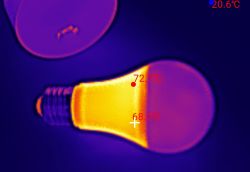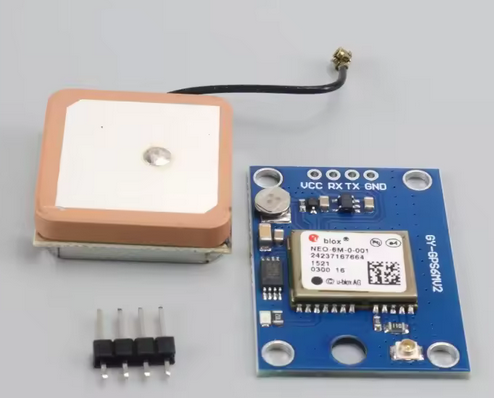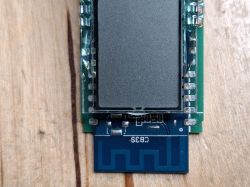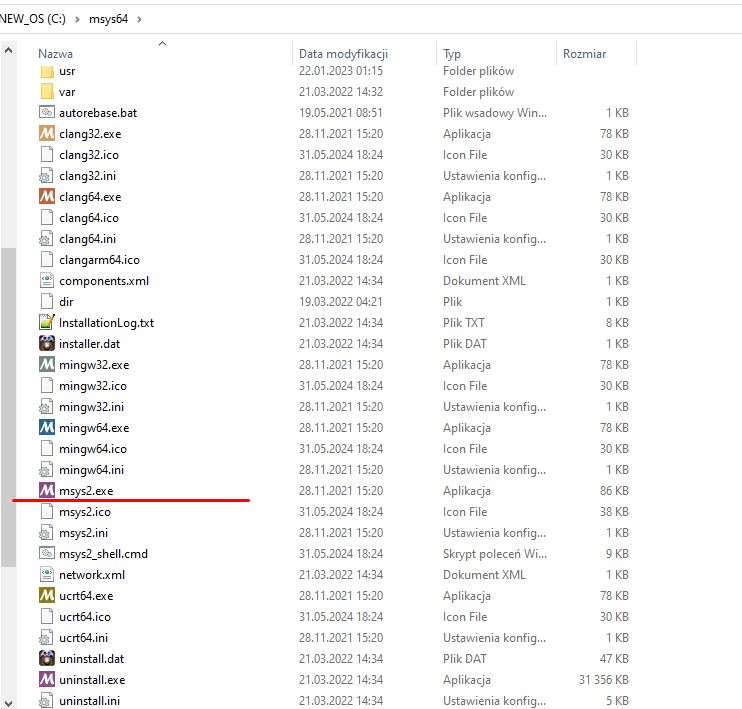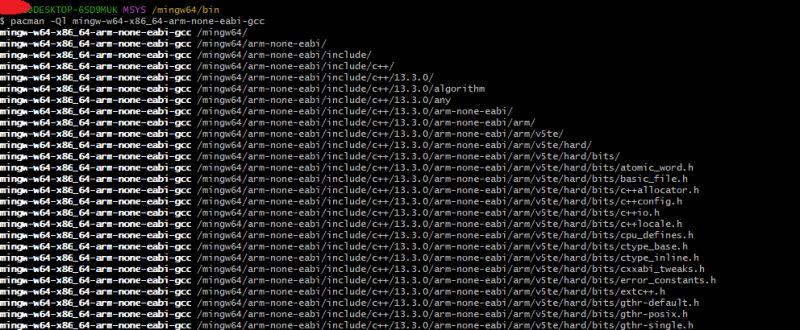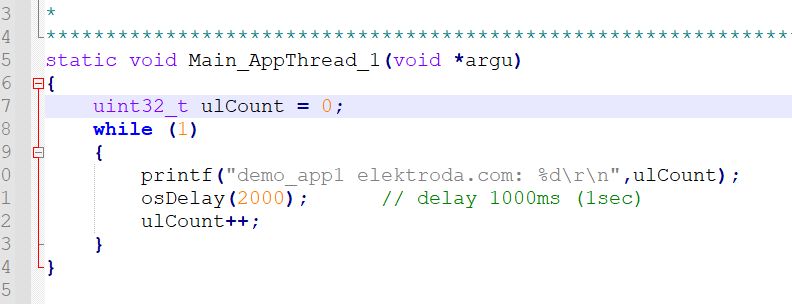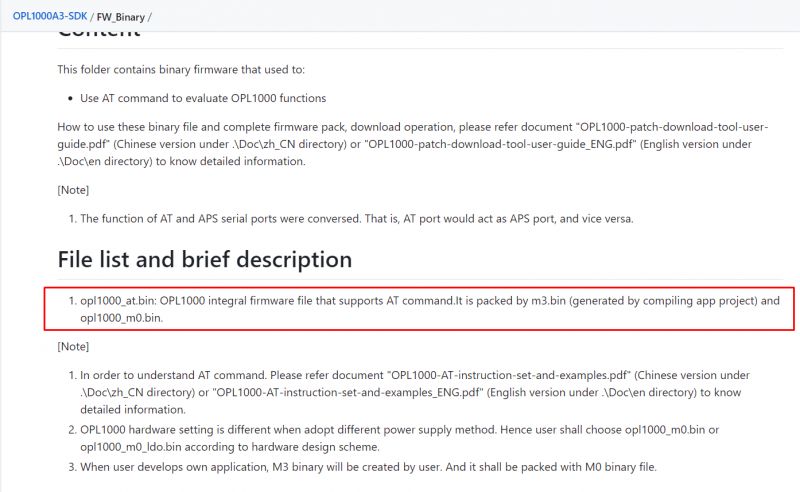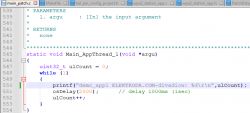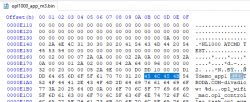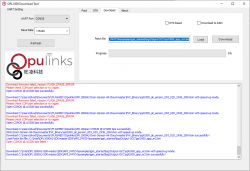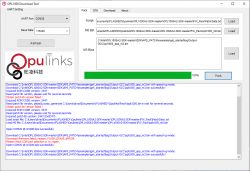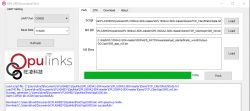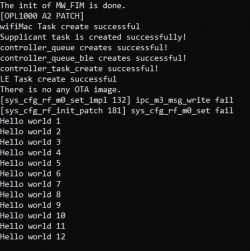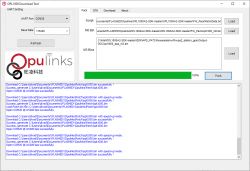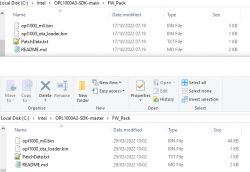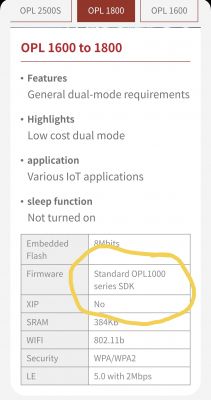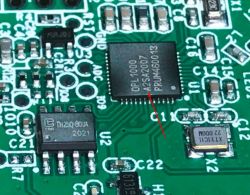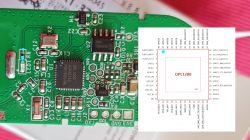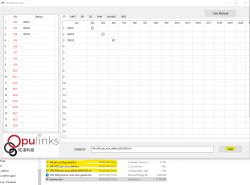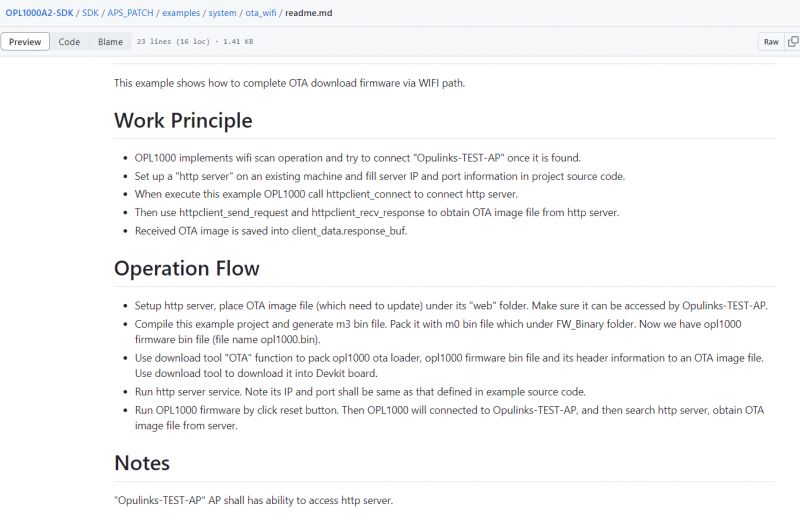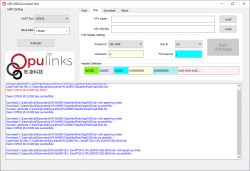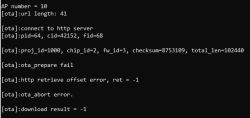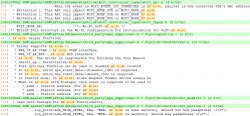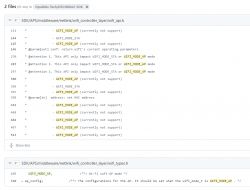>>21190566
I've flashed the opl1000_at.bin from https://github.com/Opulinks-Tech/OPL1000A2-SDK/tree/master/FW_Binary
The Ali door sensor binary is outside of that SDK path but does reference A2 https://github.com/Opulinks-Tech/OPL1000A2-Door-Sensor-Ali-Cloud
I'm not sure if A3 SDK is a revision of the same SDK as well as a version of the OPL1000 chip, so we should use updated A3 SDK or if each SDK is specifically for each chip type only. I note our chips have A2 printed on them.
Added after 3 [minutes]:
these are identical however
https://github.com/Opulinks-Tech/OPL1000A3-SDK/blob/main/FW_Binary/opl1000_at.bin
https://github.com/Opulinks-Tech/OPL1000A2-SDK/blob/master/FW_Binary/opl1000_at.bin
Added after 1 [minutes]:
each SDK readme does make a point of saying "OPL1000A3-SDK is Opulinks official software development kit for OPL1000 A3 chip" which reads like each SDK is specific to each chip revision
I've flashed the opl1000_at.bin from https://github.com/Opulinks-Tech/OPL1000A2-SDK/tree/master/FW_Binary
The Ali door sensor binary is outside of that SDK path but does reference A2 https://github.com/Opulinks-Tech/OPL1000A2-Door-Sensor-Ali-Cloud
I'm not sure if A3 SDK is a revision of the same SDK as well as a version of the OPL1000 chip, so we should use updated A3 SDK or if each SDK is specifically for each chip type only. I note our chips have A2 printed on them.
Added after 3 [minutes]:
these are identical however
https://github.com/Opulinks-Tech/OPL1000A3-SDK/blob/main/FW_Binary/opl1000_at.bin
https://github.com/Opulinks-Tech/OPL1000A2-SDK/blob/master/FW_Binary/opl1000_at.bin
Added after 1 [minutes]:
each SDK readme does make a point of saying "OPL1000A3-SDK is Opulinks official software development kit for OPL1000 A3 chip" which reads like each SDK is specific to each chip revision




